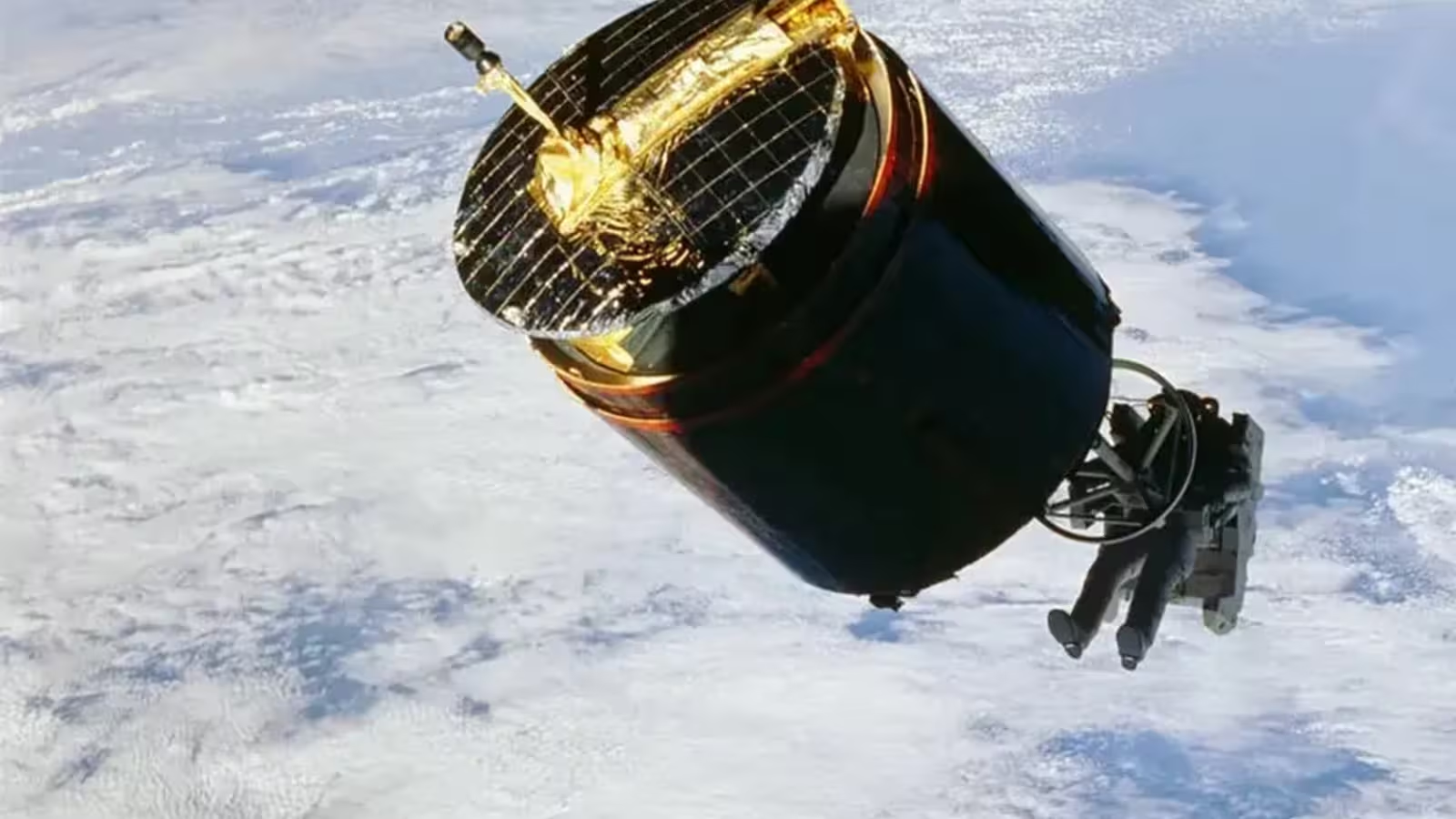3 Minutes
In the annals of space exploration, certain missions stand out for their audacity and the sheer bravery of the astronauts involved. Among these, the untethered spacewalks of the 1980s, where astronauts ventured into the void without physical connections to their spacecraft, are particularly noteworthy. These missions not only showcased human ingenuity but also provided some of the most iconic and nerve-wracking images of space exploration.
The Pioneering Untethered Spacewalks
On February 7, 1984, during the STS-41-B mission aboard the Space Shuttle Challenger, astronaut Bruce McCandless II made history by performing the first-ever untethered spacewalk. Equipped with the Manned Maneuvering Unit (MMU), a nitrogen-propelled jetpack, McCandless ventured approximately 320 feet away from the shuttle, becoming the first human satellite. This daring feat was immortalized in a photograph showing McCandless floating alone against the vast backdrop of space. Reflecting on the moment, McCandless remarked, “It may have been one small step for Neil, but it's a heck of a big leap for me.”
Satellite Retrieval Missions
Later that year, in November 1984, astronauts Dale Gardner and Joseph Allen undertook a mission to retrieve two malfunctioning communication satellites, Palapa B2 and Westar 6. These satellites had failed to reach their intended orbits due to rocket malfunctions. NASA devised a plan for astronauts to capture and return them to Earth using the MMU.
During the STS-51-A mission aboard Space Shuttle Discovery, Gardner and Allen performed untethered spacewalks to approach and secure the errant satellites. Gardner, using the MMU, approached Westar 6 with a device known as the "stinger," designed to attach to the satellite's apogee kick motor. Once connected, he stabilized the satellite's rotation, allowing it to be maneuvered into the shuttle's payload bay. This operation was conducted while both the astronaut and the satellite orbited Earth at speeds exceeding 17,500 miles per hour.
Challenges and Legacy
These untethered missions were not without challenges. The retrieval of the Solar Maximum Mission satellite earlier in 1984 faced difficulties when the MMU's grapple fixture failed to secure the satellite due to its rotation. This led to an improvised plan where astronauts attempted to manually stabilize the satellite, inadvertently inducing higher rotation rates. The situation was eventually controlled, but it highlighted the risks associated with untethered operations.
Following the Space Shuttle Challenger disaster in 1986, the MMU was deemed too risky for further use. NASA shifted to using tethered spacewalks and robotic arms for satellite servicing and retrieval. The MMU was retired, and modern extravehicular activities (EVAs) now prioritize safety with astronauts remaining securely attached to their spacecraft.
Conclusion
The untethered spacewalks of the 1980s remain some of the most daring and visually striking moments in space exploration history. They demonstrated the potential for human maneuverability in space and paved the way for future missions. While such untethered operations are no longer conducted due to safety concerns, the bravery and skill of astronauts like McCandless, Gardner, and Allen continue to inspire and remind us of the extraordinary lengths humanity has gone to explore the final frontier.


Comments